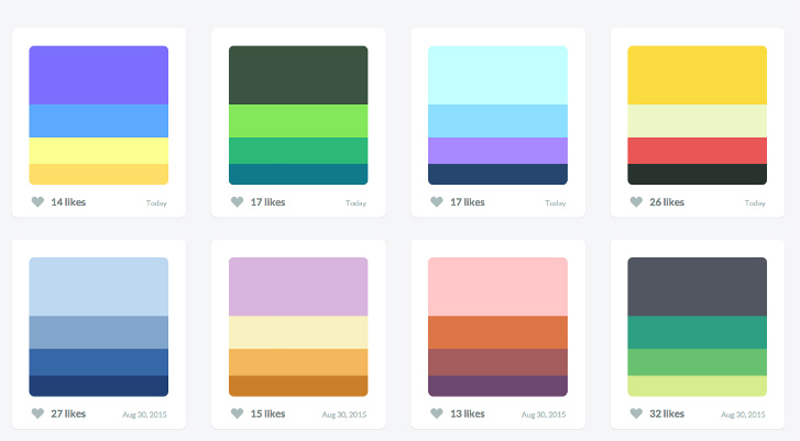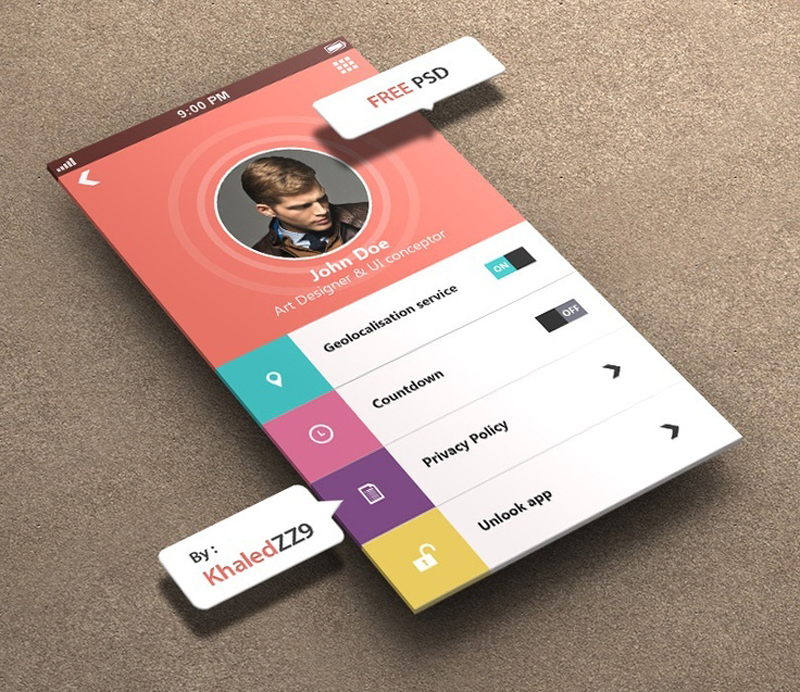So many websites look too similar to their competition, which reduces brand differentiation. If you want your website to look more attractive to users, you must infuse elements that will make it stand out.
Here are 10 different techniques you should take note of and apply to create an eye-catching website.
A unique, nice-looking logo
Your brand logo is your website’s calling card and so must look really inviting. In fact, for a lot of users, the first things that strike them and with which they use to make a quick evaluation of the quality of your website are your logo and web design. Take time to create a logo that captures the user’s imagination while subtly but brilliantly expressing your brand values. Achieving these goals with your professionally designed logo will significantly improve your online brand presence.
Test for user experience
Most website owners tend to overlook this important aspect of web design; that is, assessing how users interact with and use your website. This will help you understand what areas to improve or modify to improve your site attraction and traffic flow. Web tools such as Google Analytics can be used to conduct your site’s UX experience assessment.

Customize your template
There are loads and loads of website template to choose from. No matter the purpose or niche of your website, you’re very likely to find a template that suits your need. But the problem is that several other businesses like yours will find the same template attractive and adopt it too.
That is where you should apply hard work and creativity to look different from the competition. Choose a fitting website, but go further to make it unique by customizing it: Changing colours, buttons and fonts, and moving page elements with the drag & drop editor.
Choose a quality and dependable web host
When setting up a website, one of the most important decisions you will have to make is your choice of web host for your site. It is basically where your website will be published and the only medium through which your target audience will be able to reach you. Work with a quality and dependable host like SiteGround that will ensure your site is not constantly down, runs fast and smoothly, and has solid, reliable security protection.

Create a good domain name
Your choice of domain goes a long way in your SEO ranking level, web traffic flow and your brand presence. Make sure you pick a domain name that strikes a chord with your target audience: Short and precise, brand-able and memorable, keyword-rich, and relevant and localized. It is also recommended to use a local trusted domain registrar to get, such as Domains4Less for NZ Domain Name Registration & Cheap Domain Names.
An outstanding choice of colours
When trying to make website stand out from the pack, you must make aesthetics central to the way your site is designed. Be careful and detailed with your choice of colours. You should focus on colours that are warm and soothing to the eyes or that effortlessly complement your brand colours.

Explore whitespace
Whitespace is the amount of room you create or leave between elements on your page. It allows the page ‘breathe’ while at the same time looking simple and sophisticated. Some users are accustomed to a cramped layout and will not mind if your page does not have whitespaces. But think about your target audience and how a good number of them may not be as computer savvy as the new generation. Tools like A/B Tests lets you determine areas on your website that requires extra spacing and retain user feedback.
Design with the audience in mind
When designing a website, there’s a risk of the designer getting carried away and beginning to design for themselves, rather than the target audience it is meant to attract. Before setting out on the design, you should first design content strategy that is consistent with the needs and interests of the target audience. Then design your website with these elements firmly at the back of your mind, while also considering how you can differentiate your brand from the competition.
Design for mobile browsing
An increasing number of web users now access the Internet from their Smartphones and other mobile computer devices. That’s the reason why you must design your website in a mobile-friendly way which means it is easy to navigate on mobile devices.


